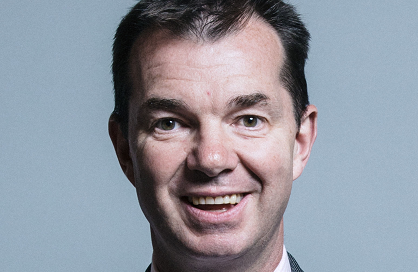With trillions of pounds in assets under management, our pensions can do so much more in the race to net zero. That’s why last year we mandated certain pension trustees to publish public disclosures on their climate risks.
We enacted these governance and reporting measures to help pension scheme trustees identify, assess, and manage the financial risks associated with climate change.
As well as meeting the recommendations of the Taskforce on Climate-related Financial Disclosures (TCFD), required from October 2021, all authorised master trusts and schemes with £5bn or more in assets are now compelled to assess the climate risk of their investment strategies and portfolios, and publicly report how they have done so.
From October 2022, these requirements will also apply to trustees of schemes with £1bn or more in relevant assets. With this expansion, more than 80% of pension savers are expected to be investing in schemes actively managing the financial risks associated with the climate crisis – pension savings worth an estimated £1.33trn in total.
Collectively, these measures will deliver a new level of accountability, with pension savers able to see the impact of their investments and better understand how risks are being considered and mitigated – amplifying just how much climate change needs to be at the core of strategic decisions made by trustees.
Encouragingly, we can also see on a more general level that disclosure of financial information aligned with the TCFD recommendations is accelerating, growing by 9% in 2020, compared to 4% the year before. More than 50% of firms now disclose their climate-related risks and opportunities.
Identifying opportunities
The climate crisis poses an existential risk for the future of the planet – and serious financially material risks to investments. Those responsible for pension savings need to take action on those risks, but they can also be at the forefront of seizing the sustainable opportunities our quest to net zero offers, for example by helping finance the green-tech and green-energy revolution we need.
As pensions minister, it’s been a joy to visit solar farms, hydrogen production facilities and many other innovative green companies that are seeing more and more investment from pension schemes. I have been able to witness first-hand the positive impact opening up the conversation about the role of “greener” pensions is having on industry.
However, as we look to the future and work towards green pensions and finance becoming the norm, there’s no disputing we must follow the data and trends to maximise stewardship opportunities.
We must continue to identify existing green opportunities, enthusiastically explore new prospects, and help make green investments second nature in the finance sector.
If more pension savers understand where their money is going, how much financial clout it holds and the role it plays in mitigating the financial risks associated with climate change, they may be encouraged to make more active decisions about their pension savings.
I hope more scheme members will begin to engage their pension trustees on green investment – not only to mitigate risk, but also to encourage them to explore the financial opportunities presented by our journey to net zero.
Through the productive power of pensions, we can fuel net zero and deliver prosperity for people – and the planet.








